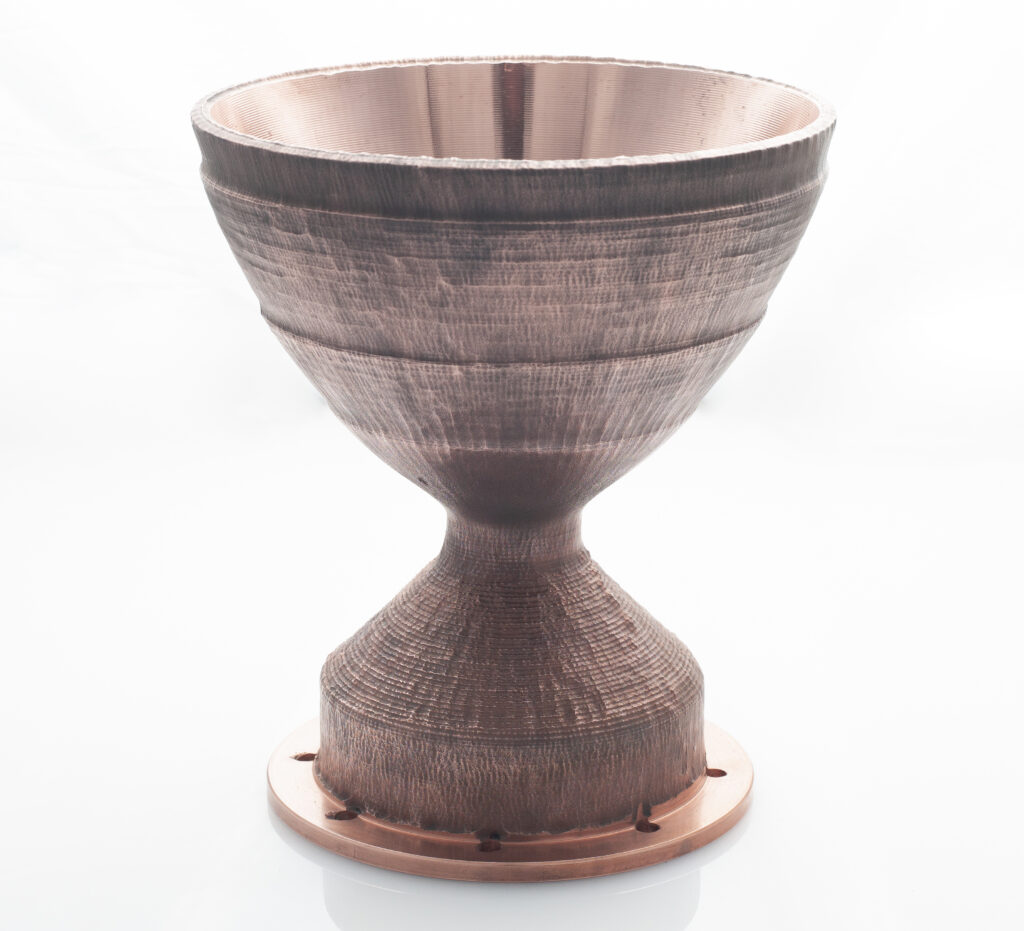
Australian metal 3D printing company SPEE3D has received AUS$1.562 million in funding from the Australian government to develop a way to mass produce metal 3D printed rocket engines.
According to the company, while space components manufacture could experience strong growth in demand over the next five years, the long lead times for production-ready rocket engines are still a problem.
SPEE3D uses a cold spray technique which the company says can print metal parts 100 to 1000 times faster than more traditional metal 3D printing methods. It is also the only technology capable of printing metal parts on-demand at a cost that is more competitive than conventional manufacturing, SPEE3D claims.
The company’s large-format WarpSPEE3D printer recently produced a 17.9kg copper rocket nozzle liner for less than US$1,000 in three hours.
’SPEE3D has developed a new way to manufacture rocket engines quickly with our advanced manufacturing process,’ said Steven Camilleri, SPEE3D CTO. ‘The MMI grant will allow us to work with other partners in Australia to manufacture and test flight ready engines for the emerging industrial space market.’
The company next plans to carry out hot fire testing and validating the usefulness of 3D printed manufactured rocket engines for commercial space vehicles.
This story uses material from SPEE3D, with editorial changes made by Materials Today. The views expressed in this article do not necessarily represent those of Elsevier.






